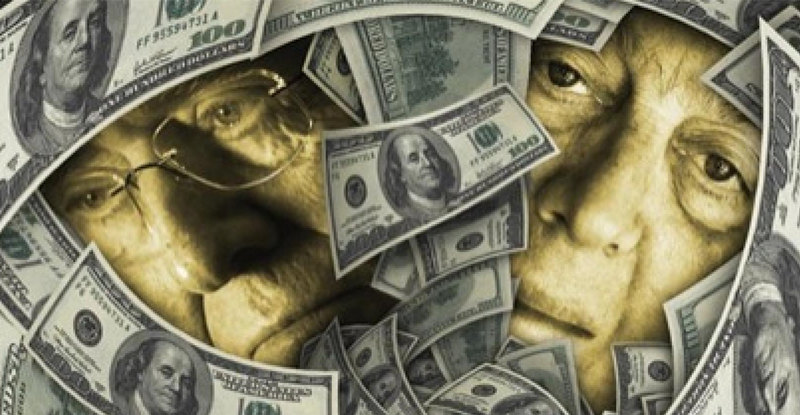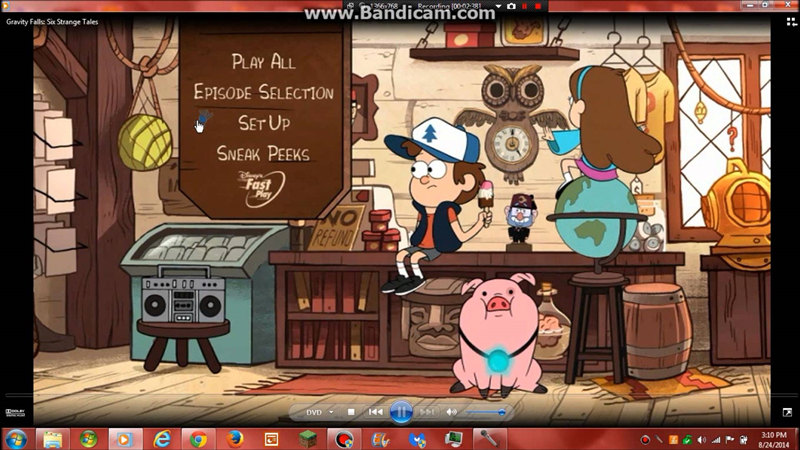In anticipation of the upcoming release of the Michael Bay-Jerry Bruckheimer production of “Pearl Harbor,” Twentieth Century Fox is re-releasing “Tora! Tora! Tora!,” its own Pearl Harbor film, on DVD with more extras than the previous edition. (Though billed as a special edition, I think that that is a mis-application of the term. More on why later.)
Back in the late-1960s/early-1970s, Hollywood studios were in the habit of making international productions of World War II films. Studios like Fox would set up different production teams to film sequences in different countries/languages before editing the footage together into one product. “Tora! Tora! Tora!” was filmed by Japanese and American crews in order to present both sides when it came to the attack on Pearl Harbor.
As the Americans were basically on the receiving end of this historical event, the American sequences can be a bit frustrating to watch. You wonder why the military command was so ill-prepared and ill-managed (I mean, when Gen. Marshall, Chief of Staff of the armed forces hand-scribbles a warning meant to be sent to Pearl Harbor, the messy message was sent by hand rather than by electronic telegram).
Meanwhile, with the Japanese sequences, you get to see their leaders debate bringing the Americans into the war. Admiral Yamamoto seriously doubted the wisdom of going after the Americans. He studied at Harvard and called the Americans a proud and righteous people. The other Japanese felt that America was too much of a threat and that Japan needed to take out the American fleet in order to cripple America.
I’d seen “Tora!” a few years back in a history class, but the film was shown to us within the context that “the Japanese deceived us” and that we reacted with heroic indignation. However, after watching the film again, I realized that the rumors about Roosevelt were probably true. As the film shows, American political and military leaders knew about the possibility of war with Japan, but people like Roosevelt knew that the American people needed to be provoked in order to come out of their isolationist shell. After all, it’s rather coincidental that American aircraft carriers were sent out to targets too remote to be attacked by the Japanese without them wasting fuel searching for our carriers.
The irony about the attack on Pearl Harbor is that it drew the Americans into the war, ultimately dooming Nazi Germany and Fascist Italy and turning the Allies into “moral” heroes. Had the Japanese not attacked Pearl Harbor, the Jews in Europe would probably have been totally wiped out because the Americans weren’t there to defeat the Nazis.
Watching the battle sequences, you come to realize that the new “Pearl Harbor” probably owes a huge debt to “Tora!” Sure, both are based on the same historical incidents, but the stunts are all the more amazing in “Tora!” because everything was done with real planes, real ships, real guns, and real explosions. You can tell from the “Pearl Harbor” trailers that most of the action will be computer-generated, which is fine. However, it’s just not as “real” as what was done thirty years ago.
The cinematography can be breathtaking at times. The film begins with a huge ceremony welcoming Admiral Yamamoto as the new commander-in-chief of the Japanese Navy. Just the sheer number of men assembled on deck in their Navy whites will impress you (this shot is mirrored in the teaser for “Pearl Harbor”). Also, the aerial photography of the Japanese air armada looks stunning after all these years. Back when the studios were able to marshal massive resources, war films that looked truly “epic” were still possible (now everything’s done on computers, and the effect on the viewer is lessened).
Video:
For this DVD, Fox kept the same transfer of the anamorphic widescreen (2.35:1) print that was used for the previous edition. The print surprised me with its general cleanness and sharpness. After thirty years, “Tora!” looks really good. However, you can tell that a minimal effort was put into cleaning the print. There are flickering specks throughout the film, and small splotches and hairs/threads intrude upon the image as well. Grain is not a problem, but some colors have faded. During the battle sequences, the sheer amount of digital information seems to have overwhelmed the compressionists (the transfer IS at least two-years-old now.) Maybe we’ll see a thorough restoration ala “Lawrence of Arabia” one day.
Note: The English subtitles for the Japanese sequences are burned onto the film print itself. While some of the subtitles should be kept the way they were made back in 1970 (names of people, locations, etc), the subtitles for the dialogue should’ve been redone. The white-colored words sometimes blend in with the background, and they can get hard to read. A clean print with subtitle streams selectable by the DVD player/user would’ve been preferable.
Audio:
The language options remain the same as with the previous “Tora!” DVD. You get to watch the film in Dolby Digital 4.1 English, 2.0 surround English, and 2.0 mono French (though the Japanese actors still speak Japanese…they weren’t dubbed over by French-speaking voices). With the 4.1 track, the surrounds get the same audio information. With any track you choose, though, everything sounds very front-loaded. Occasional stereo effects occur, but surround use is mostly limited to the music. Curiously enough, despite THX-certification, the audio levels were noticeably lower than other DVDs. I had to turn up the volume on my system, but I had to turn it down again when the Japanese attack on Pearl Harbor begins. The THX-certification is kind of a joke on a lot of titles. (English and Spanish subtitle streams are available.)
Extras:
If you bought the first release of “Tora!” on DVD, the only extras you could enjoy were the trailers for “The Longest Day,” “Patton,” and “Tora!” itself. Fox released these three WWII films on DVD at the same time, and I guess they wanted consumers to buy as many of the three as possible. The new release drops the trailers for “The Longest Day” and “Patton,” though a quick check on my laptop indicated that there is probably enough space to have left them on the disc.
The first of two new extras is the audio commentary with the director of the American sequences, Richard Fleischer, and film historian Stewart Galbraith. Mr. Fleischer is a bit slow in talking now due to his age, but Mr. Galbraith keeps things going by asking Fleischer questions about the production. Fleischer may not provide brilliant insights, but he does talk about the interesting history of the production of the film. Galbraith is an expert on Japanese films, so he ends up providing viewers with the most information.
The other new extra is a newly-made twenty-minute featurette called “Day of Infamy.” This bit of video is a brief summary of the actual attack on Pearl Harbor, not a “making of” of the film itself. It includes interviews with historians and a few historical clips. One of the historians points out that it was maybe providential that the fleet was in a shallow harbor. That way, most of the ships were repaired/rebuilt and re-entered into the war effort.
The original theatrical trailer is presented full-frame and with mono sound. It has not held up well at all–scratches, dirt, and sheer advertising corniness. And, since the disc is THX-certified, you get the THX trailer before the start of the main feature. Woohoo!
Earlier in this review, I made a dig at Fox for calling this DVD a special edition. As you can see, the disc is rather light on the supplements. If Fox can make outstanding editions of titles like “Cleopatra,” “Independence Day,” and “Titus,” then calling the “Tora!” DVD a special edition kind of cheapens the moniker.
Entertainment Value:
You’ve got a few more days before the Memorial Day weekend release of “Pearl Harbor.” If you simply must watch a Pearl Harbor movie right away or if you love war films in general, then this film is your ticket. The film itself provides a sizable amount of information without feeling like a staid documentary and without over-sensationalizing the human drama. This new DVD edition of “Tora! Tora! Tora!” is worth the purchase considering the fact that the previous edition came with almost no extras.


